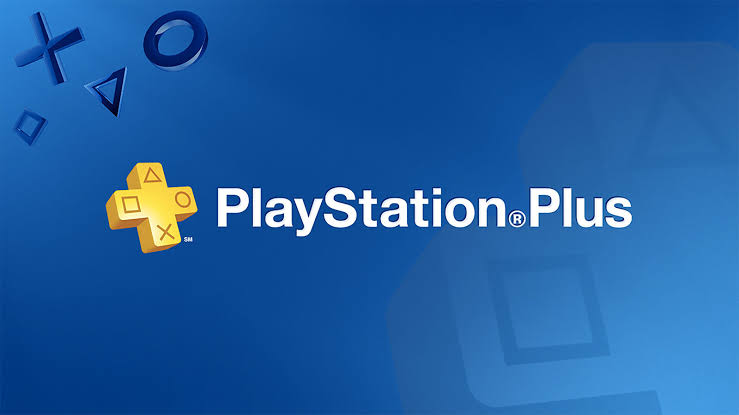Artificial intelligence (AI) is significantly speeding up the development of humanoid robots, with some analysts predicting that these robots could start replacing human workers at scale by the end of the decade.
AI breakthroughs in 3D perception, control, skill planning, and intelligence are making humanoid robots more capable, according to Nvidia’s Rev Lebaredian. These robots could address labor shortages, especially in industries like retail, warehousing, and manufacturing.
While humanoid robots may have a larger market potential than autonomous vehicles, investors are still cautious.
Despite the rise of autonomy-related stocks like Tesla, analysts believe that the value of humanoid robots has not yet been fully priced in. This creates an opportunity for investors who are betting on this emerging technology.
Key Use Cases and Predictions
The real opportunity for humanoid robots lies not in industrial applications but in consumer-facing roles, such as personal assistants in homes.
RBC analyst Tom Narayan highlights the potential for robots to assist with everyday tasks, from childcare to household chores.
While robots are already used in manufacturing, the big upside will come when humanoids are integrated into daily life.
Several forecasts predict rapid growth in humanoid robotics:
- Morgan Stanley expects 40,000 humanoid robots by 2030, growing to 63 million by 2050.
- Citigroup predicts a $7 trillion market by 2050, with 1.19 billion humanoid robots.
- Goldman Sachs sees significant growth, with a $38 billion market by 2035.
- Macquarie anticipates 6.3 million humanoid robots by 2035, with a market size of $139 billion.
Humanoid robots could become a trillion-dollar opportunity over the next few decades, especially as they take on tasks that are repetitive or dangerous for humans.
Companies Pushing the Humanoid Robot Agenda
A few public companies are leading the charge in humanoid robot development. XPeng, Tesla, Nvidia, and Xiaomi are at the forefront, with XPeng showcasing its second-generation humanoid robot, Iron, which integrates AI and robotics. The company’s humanoids are already in use at its factories and stores.
Xiaomi’s CyberOne robot, unveiled in 2022, can perceive its environment and recognize human emotions. These advancements have positioned China as a global leader in humanoid robotics, with the government’s support accelerating the development of these technologies.
Tesla’s Role and Investor Sentiment
Tesla’s Optimus robot is also making waves, although its capabilities remain uncertain. Elon Musk has claimed that humanoid robots could eventually boost Tesla’s market cap to $25 trillion, but many investors remain skeptical.
Tesla’s humanoid robots could play a significant role in its long-term growth, but Wall Street is still unsure about their real-world application and value.
Nvidia’s Contribution
Nvidia is also making strides in humanoid robotics through its Project GR00T, a platform designed to develop humanoid robots. Several companies, including XPeng, Agility Robotics, and Boston Dynamics, are using Nvidia’s tools to enhance their robots’ capabilities.
While humanoid robots hold great potential to revolutionize industries and daily life, investors are still cautious.
However, with continued advancements in AI and robotics, the market for humanoid robots could grow rapidly, presenting significant opportunities for long-term investment.
The coming decade will likely see increased adoption as the technology matures and begins to meet real-world needs.












Leave a comment